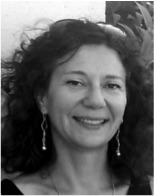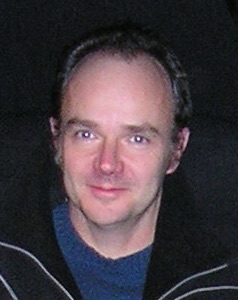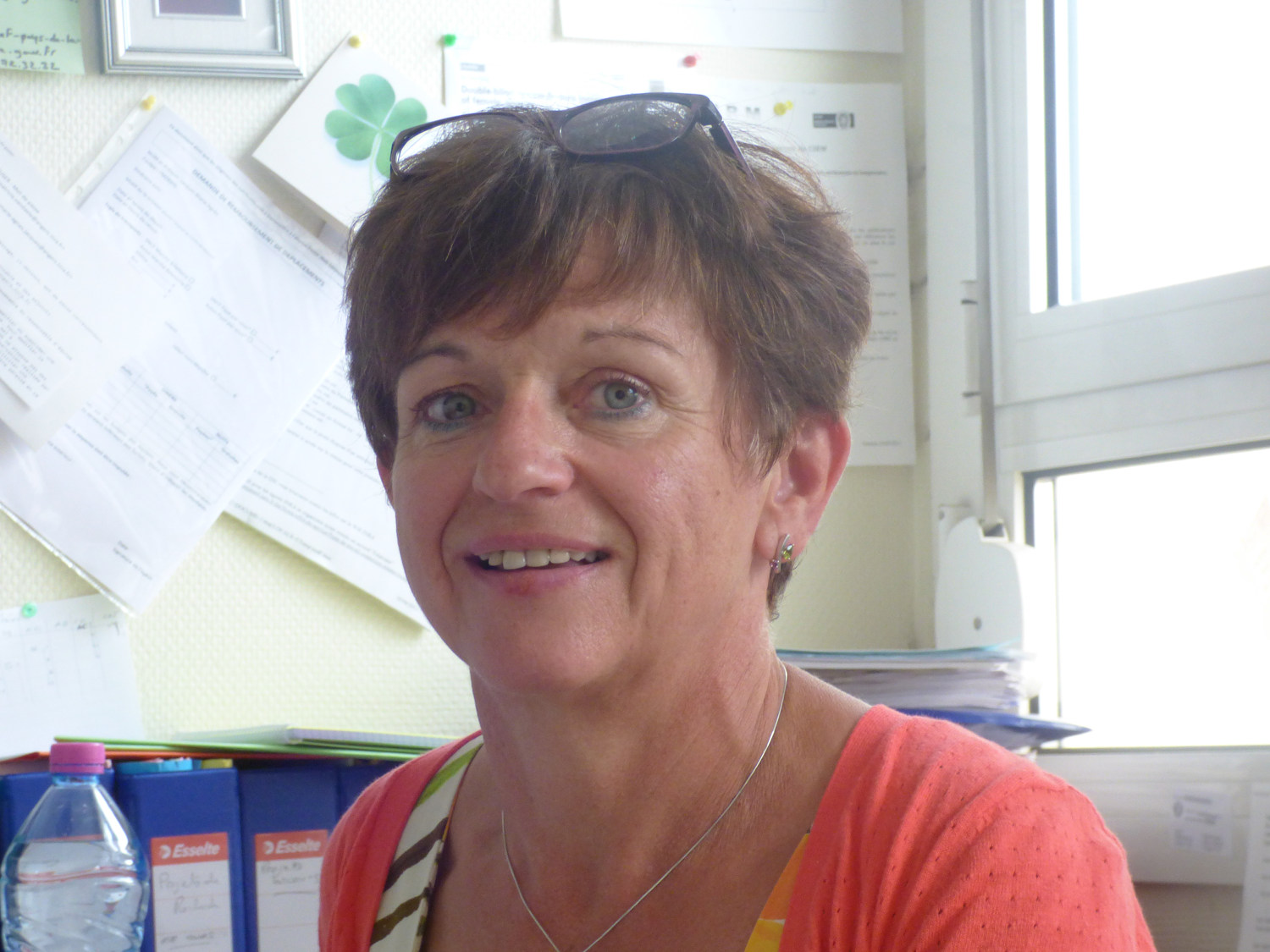Experts' Interviews
On one point, our team didn’t possess every skill needed, and on the other, there weren't enough scientific reports to learn all that we needed to know to finish the project. Since the contest has a short deadline, we had to find a quick way or finding skills and information. We decided that the best approach was to interview experts in the fields we were lacking. We interviewed a phage expert to discover about the type of phages we could use to attack Xylella fastidiosa; an informatician about the dry lab; and last but not least a specialist in Xyllela fastidiosa about the relevancy of our project.
Mireille ANSALDI
As the project grows, we had more and more questions about our bacteriophage approach. Indeed, we wanted in the first place to use Xylella fastidiosa’s natural phages, but we met some difficulties. We went to see Ms ANSALDI, who directs the “phage cycle and bacteria metabolism” unity research in LCB, CNRS Marseille, France. As an expert in the field, she is an obvious choice to seek advice on the matter. She generously granted us time for an interview.
Thanks to her answers, we learned that X. fastidiosa certainly has some resistance mechanism, such as CRISPR and restriction enzymes. We had doubts about it, now we are fixed. She also told us that we could work on Xanthomonas campestris instead of X. fastidiosa since the binding proteins are similar. Indeed, the work on X. fastidiosa is not allowed in P1 or P2 labs, whereas Xanthomonas is allowed in P2 security labs. So we will use X.campestris instead, for more safety.
Finally, she also advises us to look about the prophages. By missing information about specific prophages of X. fastidiosa and the inducible toxicity by these phages, we let this approach aside. That’s why we end up with the phage-like particles approach, our final project.
To sum up, we question our phages approach with an expert opinion. Thanks to her, we change our mind about what we wanted to do. Now we are able to combine the phage’s specificity with the toxine’s efficiency.
Jacques VAN HELDEN
We contacted Jacques van Helden to help us find a strong X. fastidiosa promoter sequence and the RBS consensus of the anti-shine Dalgarno of RNA polymerase.
He also sent us a list of questions so that we could reflect on other important points concerning the specificity of the phage, especially questions regarding the specificity of our phage-like particles and the possibility of recombination between phagemid DNA and M13KO7. Finally, he sent us a list of tracks of some other highly expressed genes and a detailed practical approach.
Thank to him, we explore the rate of production of our PLPs, by modeling and testing the recombination levels and the production rate of PLPs.
Marie-Agnès JACQUES
In a second time, as the project was well defined, we confront it with Marie-Agnes Jacques, who is a researcher specialised in X. fastidiosa for the INRA. With this interview, we wanted to test the relevancy of our project. Since we weren’t able to meet her directly, this interview was made by email.
Firstly, we explained her our project and asked what she was thinking about it. According to her, our presentation needed some work to be clearer, and that’s what we did. The second presentation was more specific on what we wanted to do and the exactitude of some aspects was reviewed. She also gives rise to the problem of our solution to be a GMO.
Thus, we decide to make a collaboration with the iGEM Evry Paris-Saclay team which made us a review on the European commission directives, to know the different step to get an authorization.







